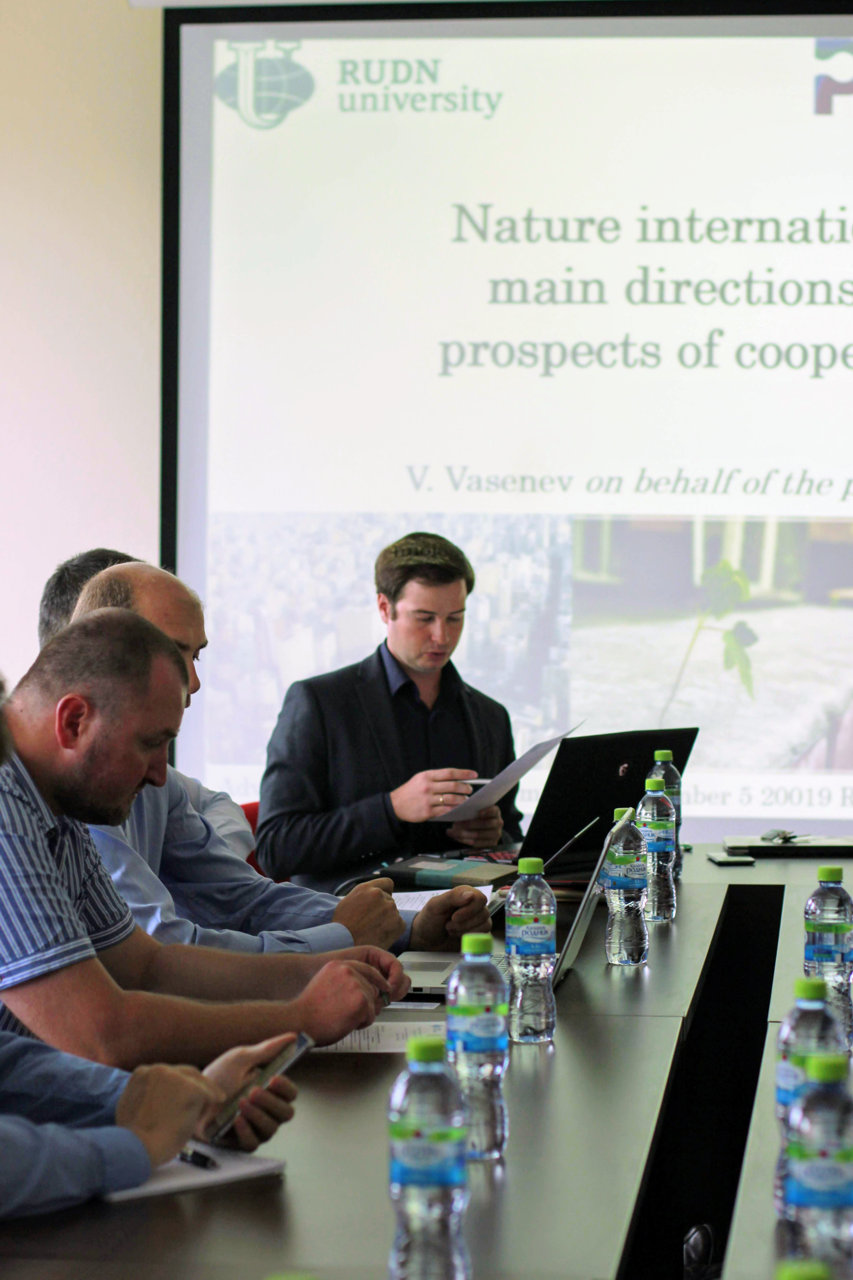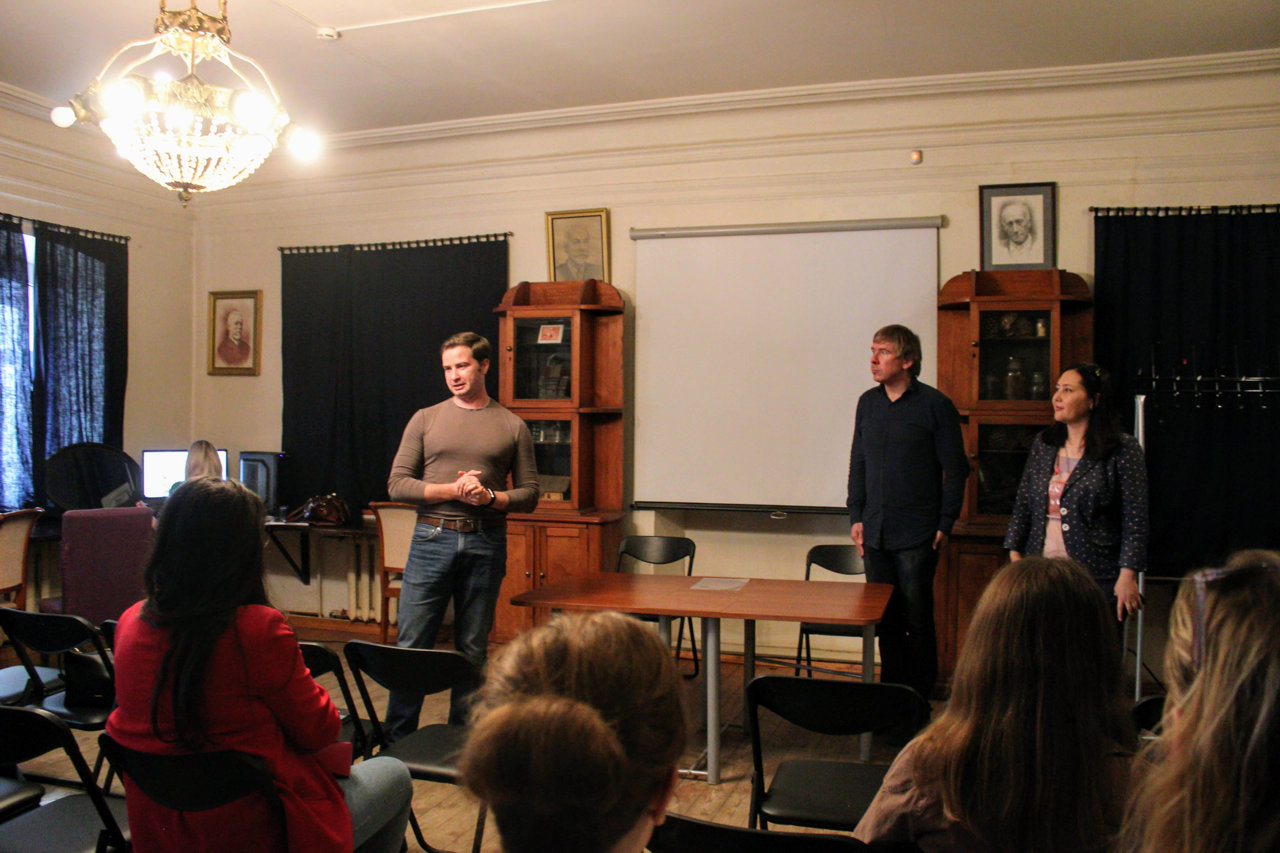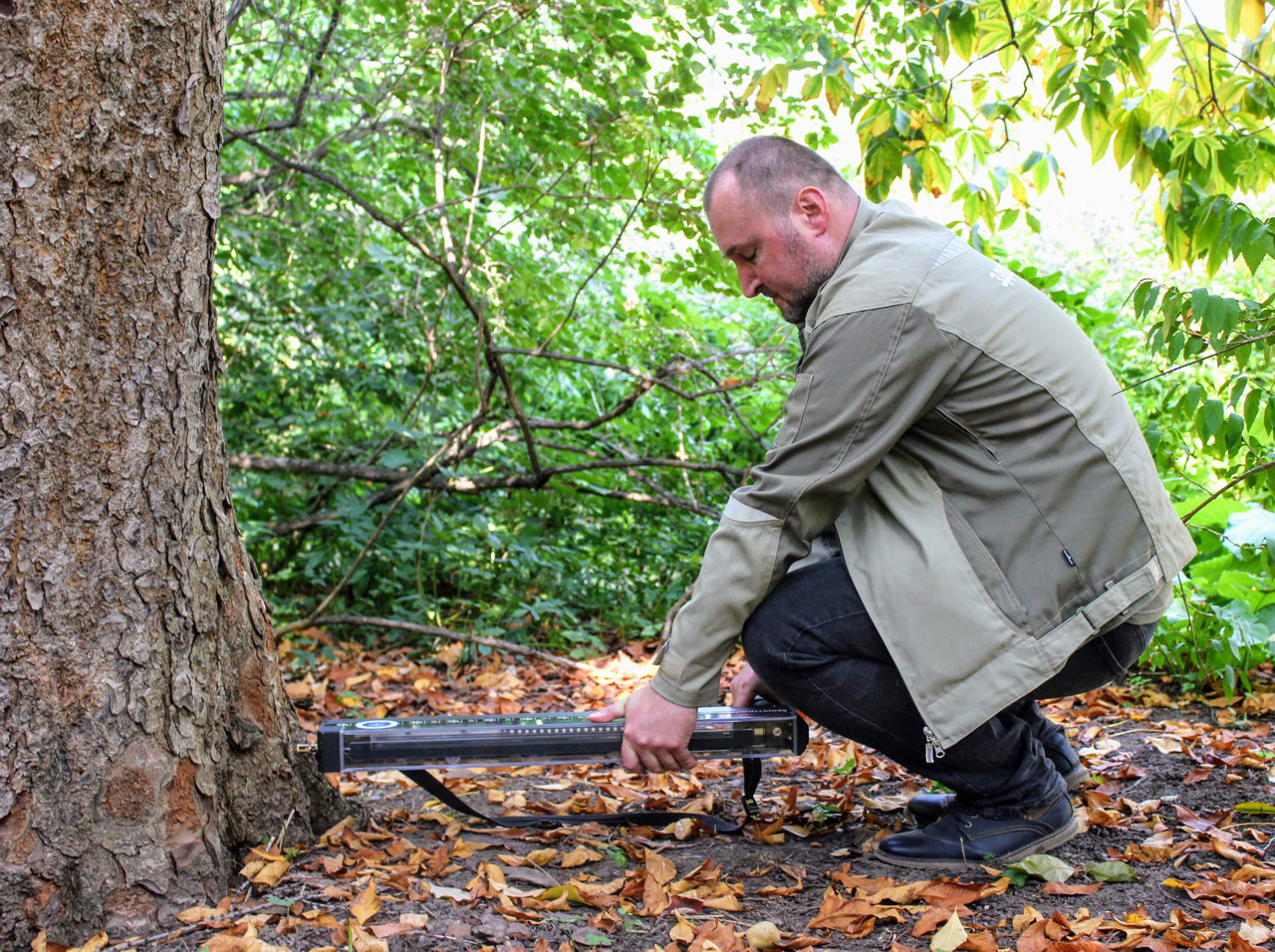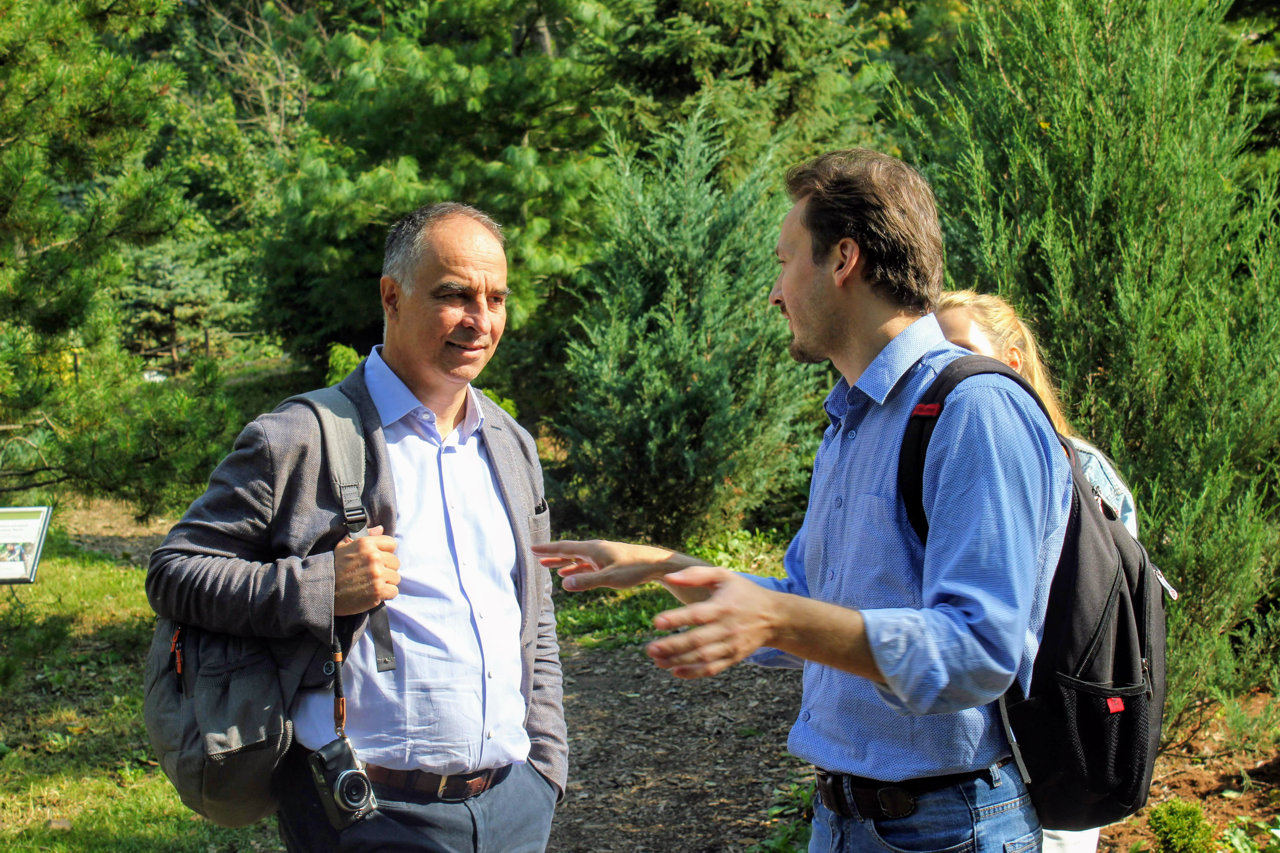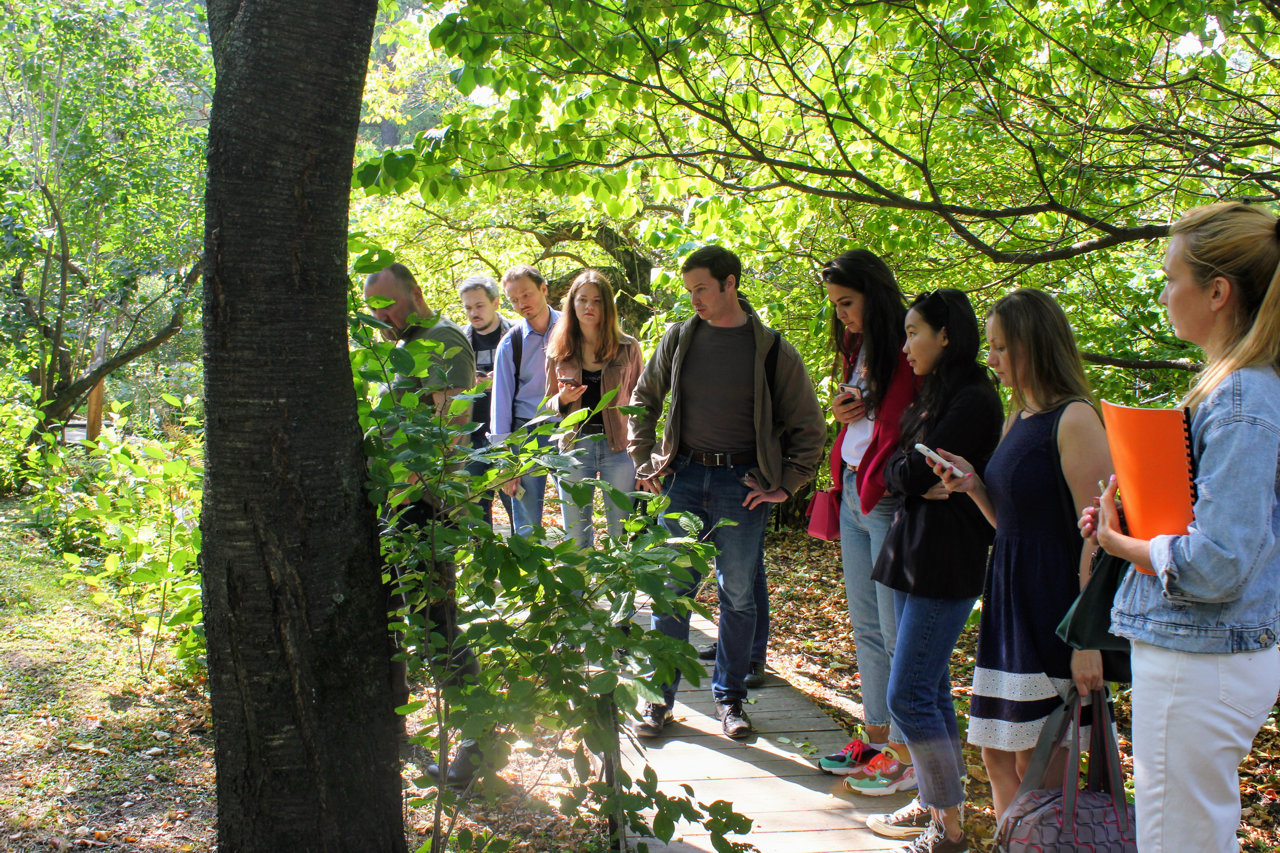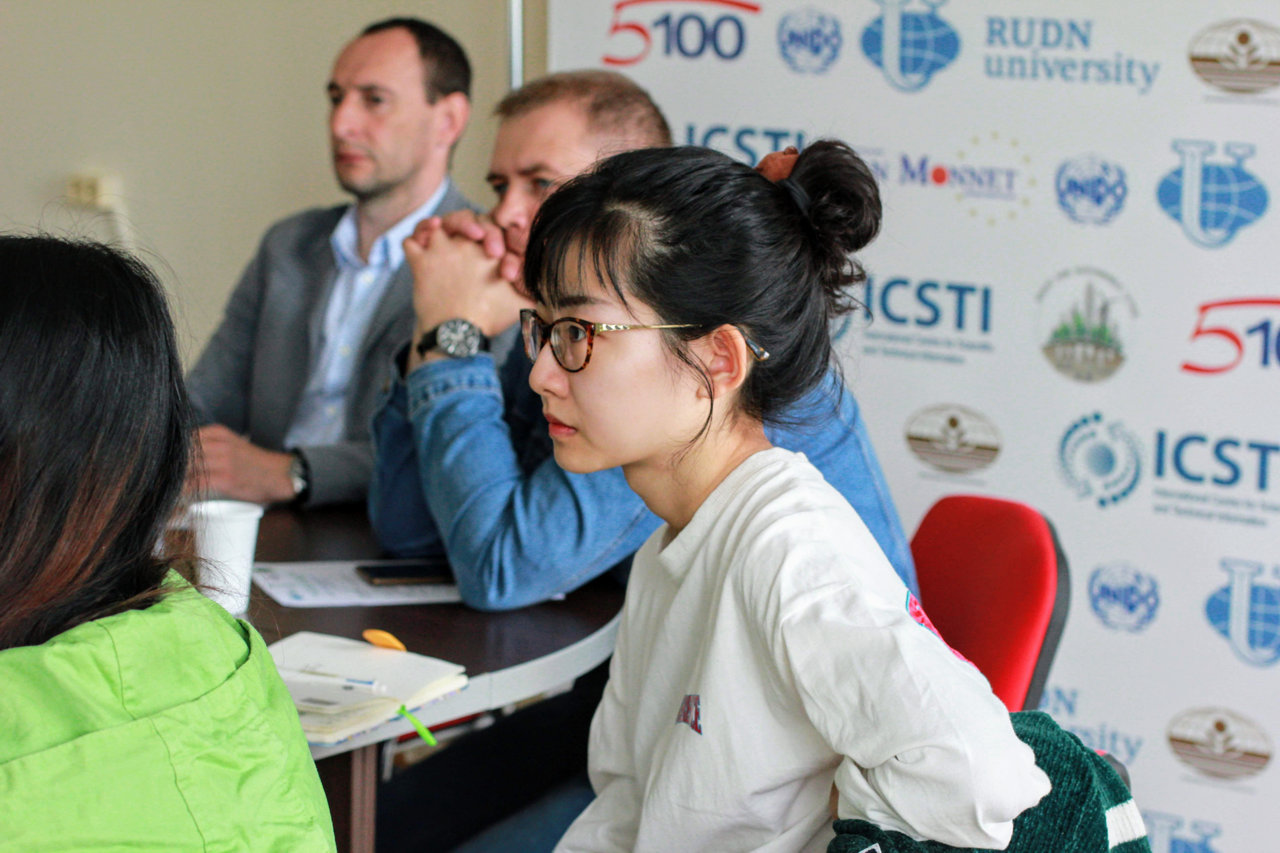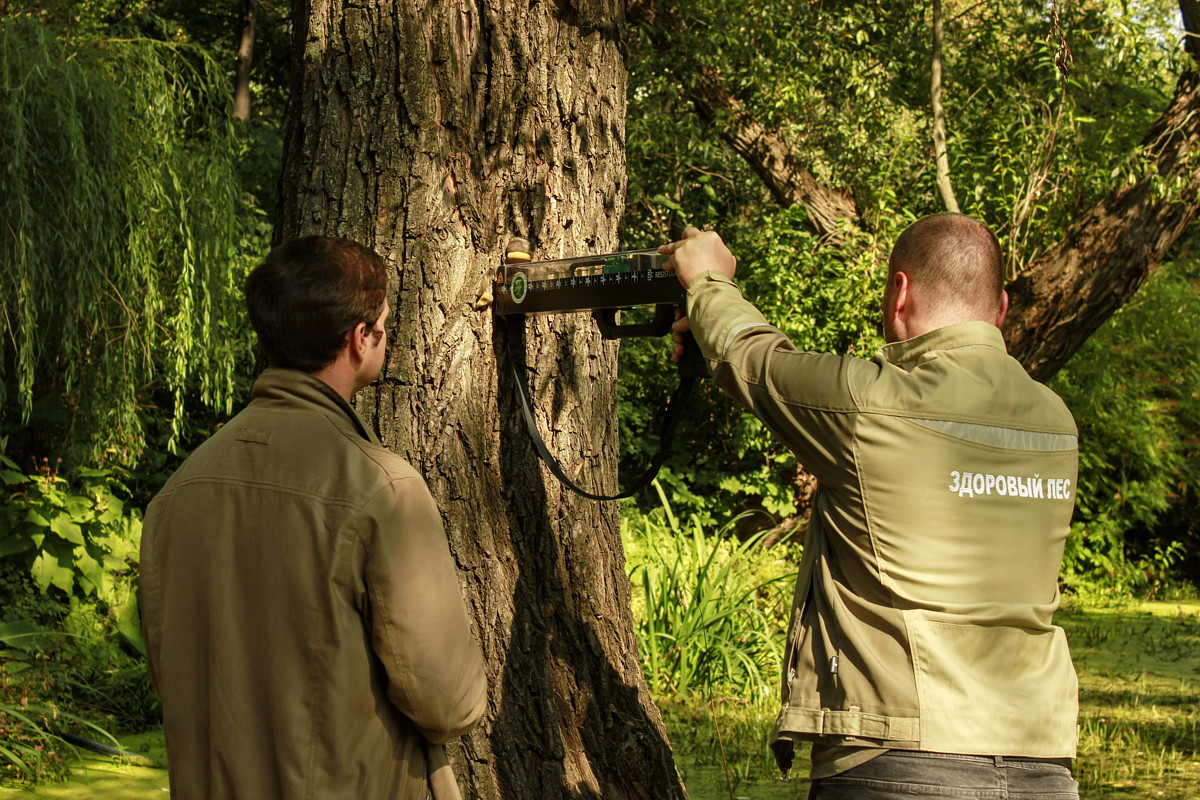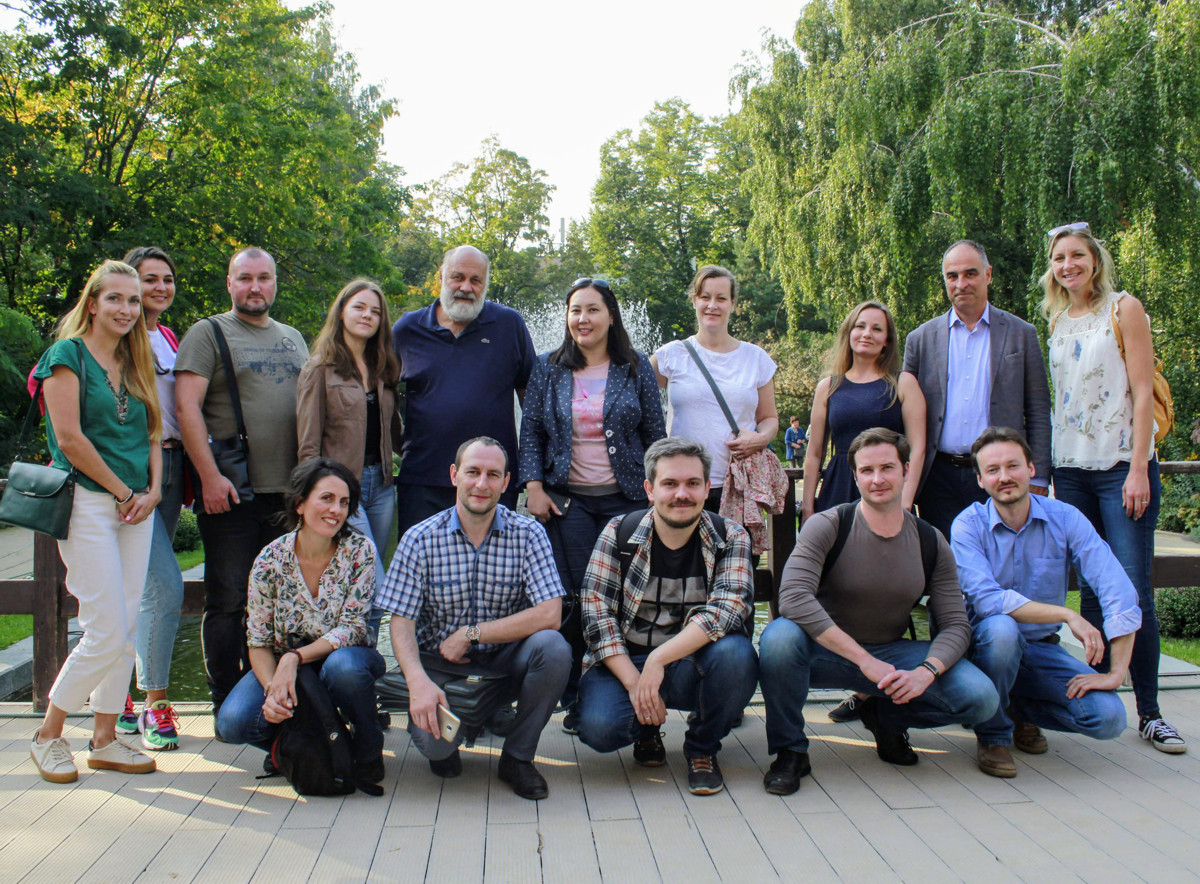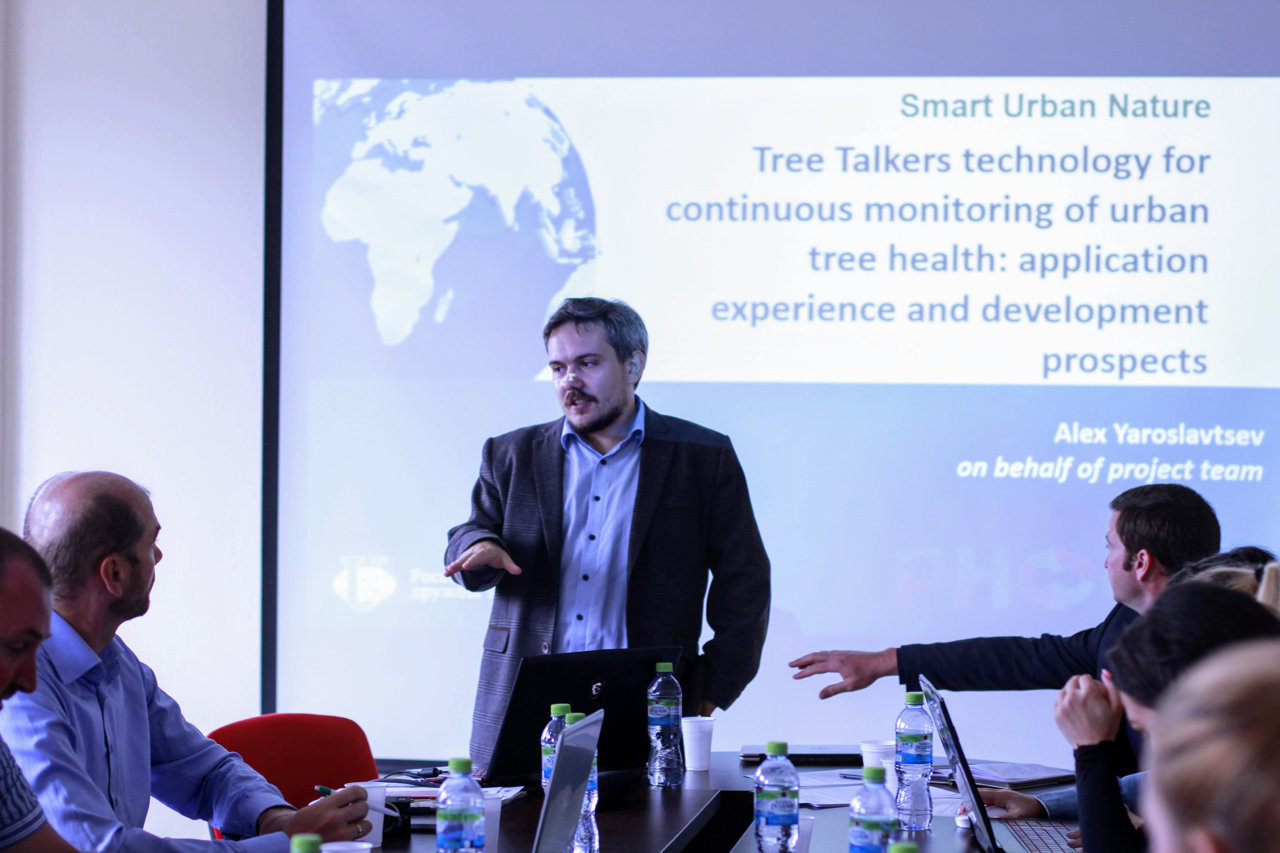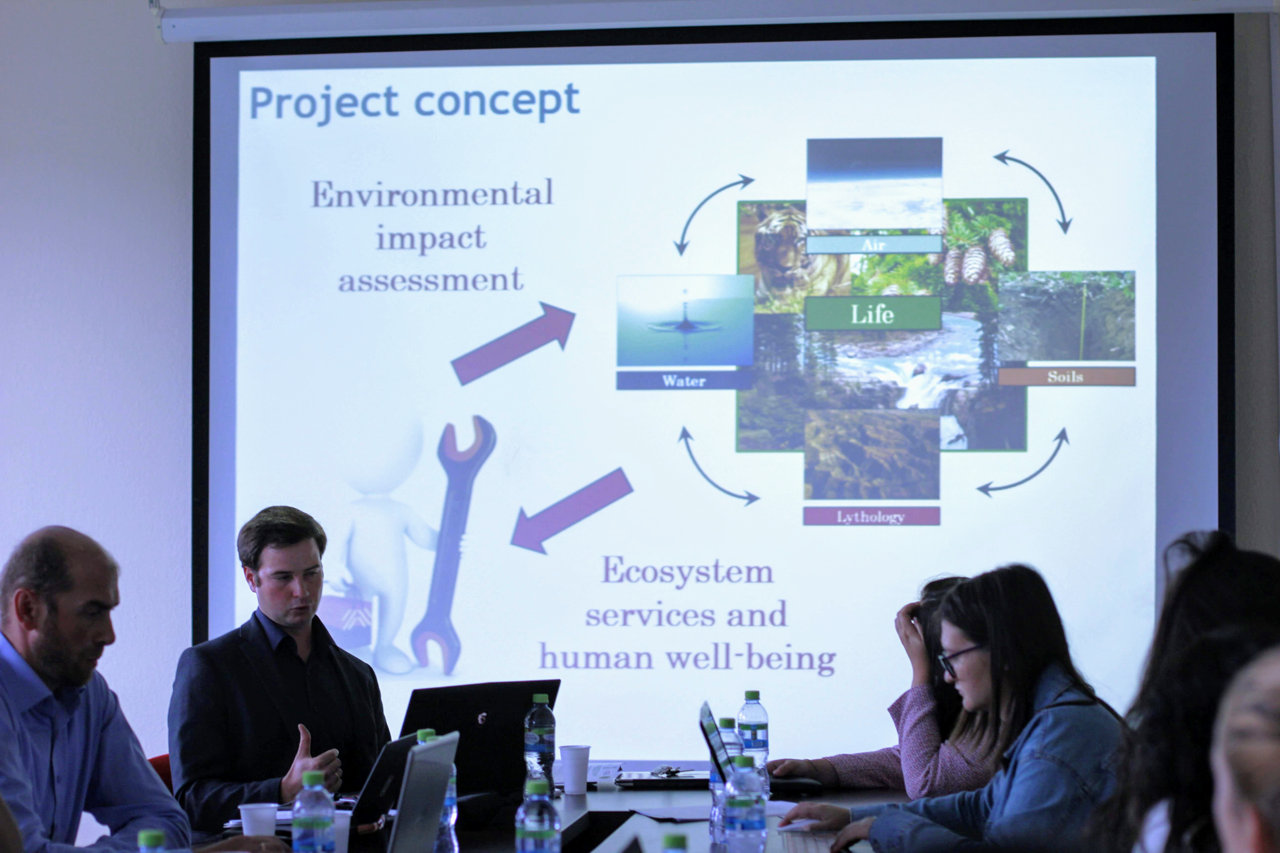RUDN discusses promising projects and advanced technologies in the field of urban environmental monitoring
On the first day, a round table “Nature international project: main direction and prospects of cooperation”, was dedicated to the discussion of promising projects and technologies in the field of urban environmental monitoring.
“I hope that our interaction today will allow us to consolidate our knowledge and form a program for future cooperation in research, technological and educational initiatives, and will also benefit in the formation of urban green infrastructure, because even one tree today inevitably affects almost all spheres of society - from the economy to the level of health of urban residents,” said Director of the Department Elvira Dovletyarova in her welcoming speech.
Participants in the round table were employees of the Department of Landscape Design and Sustainable Ecosystems of RUDN ATI, representatives of companies specializing in training and application of technologies in the field of eco-monitoring - the Moscow School of Tree Care, the Center for Wood Expertise, R3 GIS (Italy), the National Association of Leisure and Parks (USA) and the Pittsburgh Park Conservation Organization (USA).
Ricardo Valentini, professor at RUDN University, IPCC Nobel Peace Prize laureate and Vyacheslav Vasenev, assistant professor of Department of Landscape design and sustainable ecosystems at RUDN University, presented an international interdisciplinary project Smart Urban Nature aimed at developing smart technologies for monitoring and evaluating urban natural capital, forecasting changes in urban ecosystems services and interpretation of the data to support decision-making for the development of urban green infrastructure.
Alexey Yaroslavtsev and Giovanna Sala, researchers at the Smart Technologies Laboratory for Sustainable Urban Development in the context of global changes, shared their experience with the application and development prospects of Tree Talkers technology for continuous monitoring of the state of green spaces in the city.
The head of the Center for Wood Expertise Alexei Antsiferov introduced the main devices - Resistograph and Arbotom, designed to diagnose and monitor the condition of trees, namely, to identify trees that are dangerous for the environment.
Paolo Viskanic, director of R3 GIS, spoke about the benefits of the software he developed to optimize green space management in cities, and shared news about his current work: “We are currently working on creating a tool for quantifying ecosystem services, studying metrological data for optimize water use and work with satellite data to determine the condition of trees. Also, in parallel, we are developing an open portal for publishing all the data in a popular science format, because today it is very important to involve not only specialists, but also urban residents in the management of green zones.”
On the second day, a working meeting was organized at one of the research objects - in the "Pharmaceutical Garden" of the Botanical Garden of Moscow State University. The participants were greeted by the director of the Pharmaceutical Garden, Alexei Retyum, who expressed his readiness to further promote research together with RUDN scientists, in particular, to implement joint programs for monitoring climate and the condition of trees.
“Our goal is to turn the Pharmaceutical Garden not only into a center of science and culture, but also into a place where plants, animals, people and art harmoniously coexist. And in order to turn this place into a kind of “island of the future”, we are open to a wide variety of projects, including scientific ones,” said Alexey Retyum.
Further, the research team, led by Ricardo Valentini, demonstrated to the participants the direct work with the Tree Talkers, conducted a short guide on the trees that are currently being studied by the devices, and also shared the current research success. In addition to the operation of the Tree Talkers sensors, the meeting participants were able to observe trees scanning - cherries, willows, oak and others - with the Resistograph device, which was created to detect decay processes in trees.
The working meeting ended with a round table discussion to discuss and compare the data obtained and outline a program for further monitoring plants at the Pharmaceutical Garden and RUDN Campus using R3 GIS technologies.
